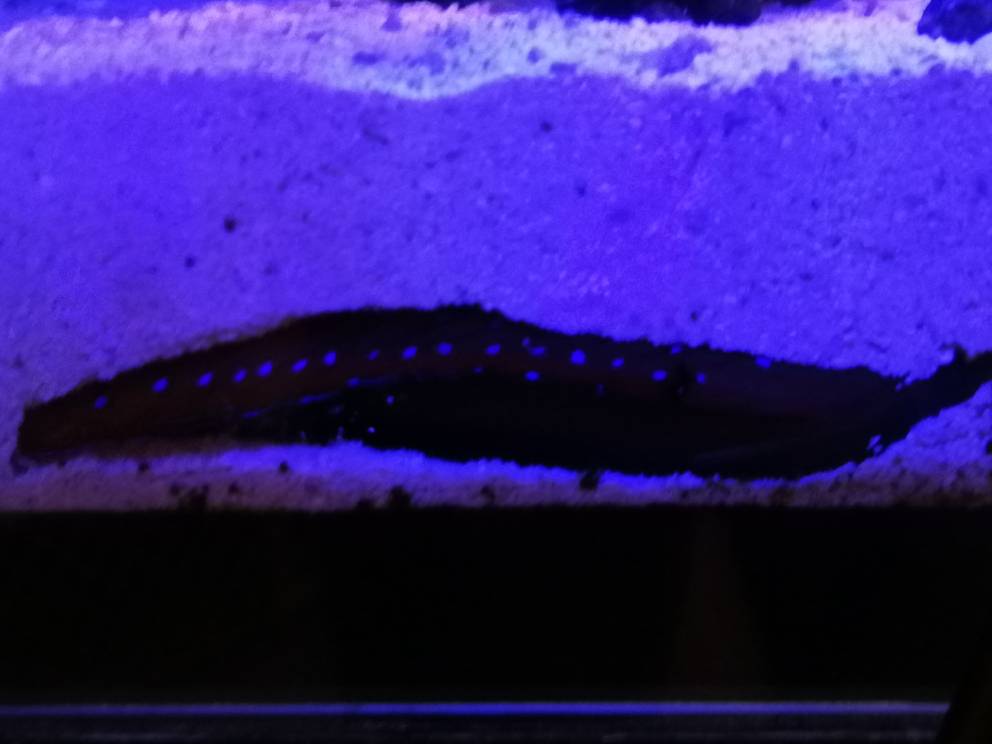- Joined
- Jan 2, 2019
- Messages
- 113
- Reaction score
- 22
I have newly established 150 gal (60x24x24) with a light sand bed. The tank will be a dominant SPS Tank in the future. I have 2 gyre 250 and every time I turn them up past 50 it starts pushing all my sand to one side. I’ve been thinking of removing the sand and just making the tank bare bottom but I have wrasses. What are your guys opinions on wrasses in a bare bottom tank? I wouldn’t even think of turning it into a bb if I’m not able to have wrasses.

















